Vignales, Cuba
The Pinar de Rio province was founded by the Spanish and originally called Nueva Filipinas due to high influx of Filipinos. Weirdly, the local population baptised them Chinos Manila. They worked mainly on the huge tobacco plantations. The province was renamed Pinar del Río in 1774.
Later, many Chinos Manila decided to remain in the area as there was affiliation with the local population. They both spoke Spanish, were Catholic, had to pay taxes and both were treated like slaves by their Spanish masters. It is said that Pinar del Rio is the best tobacco growing area of Cuba.
My trip from Havana to Vignales
From Havana, I travelled West to Vignales in Pinar del Rio province on a clean, comfortable and airconditioned Cubanacan bus. Half way through the trip, we stopped over at a nice tourist center with a snack bar and bathroom facilities. By the way, bring your own toilet paper as it lacks in most of the public bathrooms in the country.
Huge billboards of Che by the road
Interesting on route were the enormous propaganda bill boards of Che Guevara and Fidel Castro. By the way, bill board advertising is prohibited in Cuba apart from those depicting some message on the revolution.
My trip to Vignales was inspired by a photo that I had seen of the “mogotes” (limestone hills) in the Valley of Vignales.
Valley of Vignales
The valley is known for its natural beauty and the traditional agricultural techniques still practiced today. And of course the “mogotes”. For that reason, it was declared a UNESCO World Heritage Site in 1999. Furthermore, due to its more agreeable climate, it had been the main holiday destination for people living in Havana. That is before Varadero took over some time later.
Vignales
For the first night, I checked into the Hotel Los Jasmines Horizontes. It is one of the few ones with a fantastic view to be enjoyed from a great terrace. It has a swimming pool and a nearby public lookout point. I was lucky to find a room as it is booked out most of the time.
Dinner
Instead of dining in the restaurant of the hotel, I ventured out a few meters and came across the Restaurant-Bar Buena Vista. The view, the sunset and atmosphere of the place made up for the average food. Also, it has two simple rooms for rent in case you are interested.
Horseback riding in Vignales, Cuba
The following morning I ventured down into the valley on the back of a horse. By the way, this is very popular and amazing way to visit the area. On our way back, we stopped by the farmer living in the little house seen on the photo. He offered us a cup of excellent local coffee. Also, he gave a great insight on how farmers live in Cuba.
Case particular in the Botanical Garden
I then moved into the “casa particular” located in the Botanical Garden in Vignales. I found it through the network of bed and breakfast places in the country. The garden was established in 1918 by the father of Carmen and Caridad now running the place. While really charming, do not expect to find extraordinary plants.
Carmen gave me an independent room with private bathroom close by the tiny restaurant. After visiting hours at 5pm, the botanical garden was all for me to enjoy. Who can say to have slept in a botanical garden? And Carmen cooked a very special meal for me every evening.
Cuba is famous, among other things, for it old-timers. Here I finally had my ride in one of those amazing cars.
Amazing rock painting
My first exploratory trip took me to the “Mural de la Prehistoria”. It is a 120×180 meters mural painting by the Mexican artist Leovigildo Gonzalez Morillo accomplished in 1961. It is said that its creation followed a bet he had with his girlfriend. The artist engaged local famers that, strapped onto ropes, hung down from the rock side. He oversaw the progress of the artwork looking through binoculars shouting his instructions through a megaphone from a hundred-meter distance. It took 4 years to complete.
While the size of this artwork is impressive, I just found it a little crazy. However, the peaceful surrounding area was really nice.
Vignales is home of the best Cuban cigars
Next stop was at a small privately owned tobacco plantation. The owner went into great detail explaining the production of cigars which is far more elaborate than I had imagined.
Process of cigar production in Cuba
In October, seeds are planted and harvest is some three months later. Two different tobacco plants are needed for a cigar. One that grows in the fields and the other in a sun protected location. Three leaves are needed for a proper cigar. One each from the top (for the flavor), the middle (for the aroma) and the bottom (for the fermentation process) of the open air grown plant. A fourth leave from the sun protected plant is used for the wrapping. The leaves are hung in drying houses with East/West exposure for three months. The farmer than wrappes them in Royal Palm leafs for the 40 days fermentation to take place.
Secret recipe of cigar production
Each farmer has his secret recipe for enhancing the taste of the leaves during the fermentation. In this case, the farmer boils water, add honey, rum, guava and sprinkles the leaves with the liquid.
After eliminating the stem of the leaves which contains up 70% of the nicotine, it took him just few moments to produce a perfectly hand rolled cigar.
Cohiba cigars come from Vignales
Another interesting fact he explained was the origin of the name of the famous Cohiba cigar. It appears, when the Spaniards first encountered indigenous with these weird smoking sticks, they demanded to try them. The Indians responded “cohiba” which means “to share” and apparently the name stuck. He also informed that all private tobacco farmers have to give up to 90% of their harvested leaves to the government.
Surrounding of Vignales
The hills surrounding the Valley of Vignales are dotted with caves. Noteworthy is the Cueva de los Portales. Che Guevara set up headquarters there as Commander of the Western Army during the Cuban Missile Crisis.
Cave of the Indios
I visited the Cueva de los Indios which was rediscovered by a farmer in 1920. It served as a shelter for the Guanajatabey Americoindians. They sought shelter there from the weather and later from the Spanish conquerers.
The last part of the tour of the cave was on board of a boat which took me to the exit on an underground river.
Palenque de los Cimarrones
Next was the “cave of the run-away slaves”. It was the hiding place for those that had escaped the sugar cane plantations and sugar mills. The “rancheadores” hunted them down. When caught, the run-aways would loose either an ear or a finger.
Government tobacco manufacturing plant
Back in town, I visited one of them. Only females work here for a minimum wage. They are paid according to the quantity of leaves they sort into the four categories as explained above. However, the girls are entertained by music and singing. Alternatively, a supervisor reads from a book provided by the government with Che Guevara omnipresent.
Contrary to the practice of small farmers, here the leaves are sprayed with plain water before being bundled up. The fermentation process of the best leaves takes three to four years before they are rolled into cigars.
Another occupation for women in the area is to work at the Taller de Confecciones ALBA.
Last afternoon in Vignales
I passed my last afternoon in Vignales exploring this appealing little town. The only main street of town is packed with restaurants. I also found a large number of houses converted into casa particulares.
Internet connection was available on the pretty main square. Also check out the town hall and main church of town located on the same square.
Taxis offering shared drives to other locations in Cuba
When you get to the main street, expect to be overrun by taxi owners offering shared rides to Havana and anywhere else in Cuba. If the car is full, price per person ends up approximately the same as for a bus ticket.
If you go a further distance, most probably they will make you change the car with another one half way through the ride. So keep your travelling time in mind if opting for this way of travelling.
Opted for Cubanacan bus for my ride to Trinidad
For my trip to Trinidad, I opted again for the Cubanacan bus.
Not before I took a last look at the beautiful nature.
Check out my list of excursions from Vignales and for more tips on Cuba click on What to Pack, Cuba visited as a sole female traveller
My destinations in Cuba were Havana, Trinidad, Vignales, Cienfuegos, Varadero, Santiago de Cuba
Enjoy the reading!


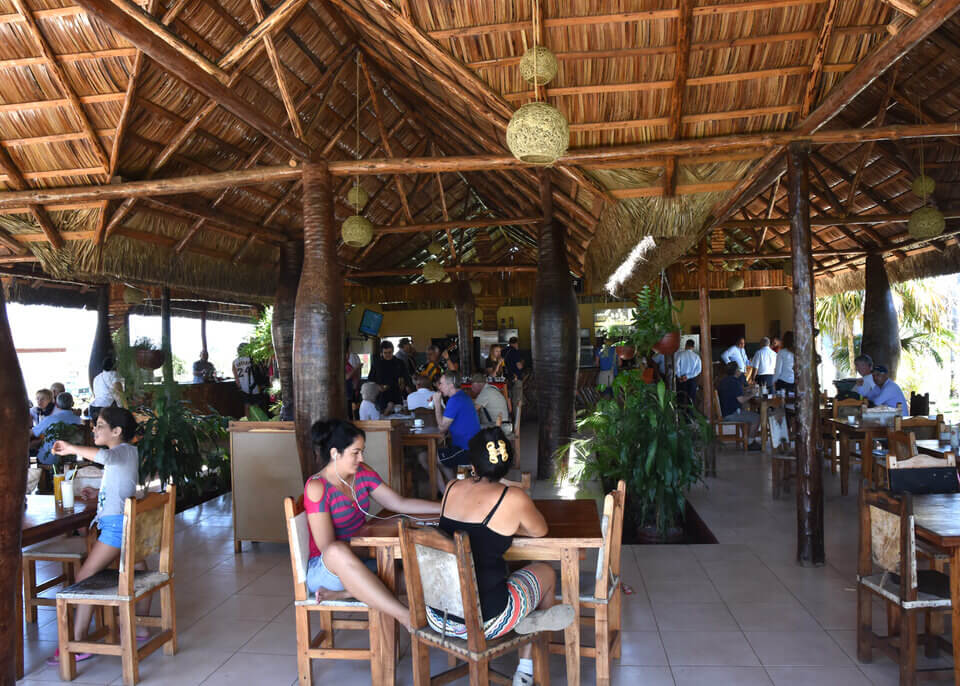
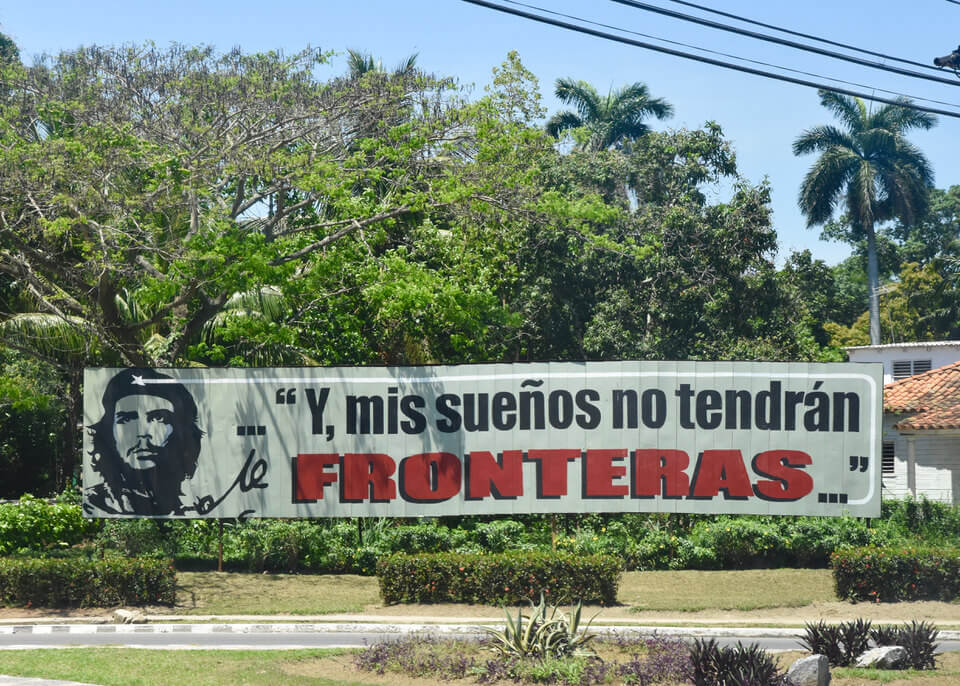
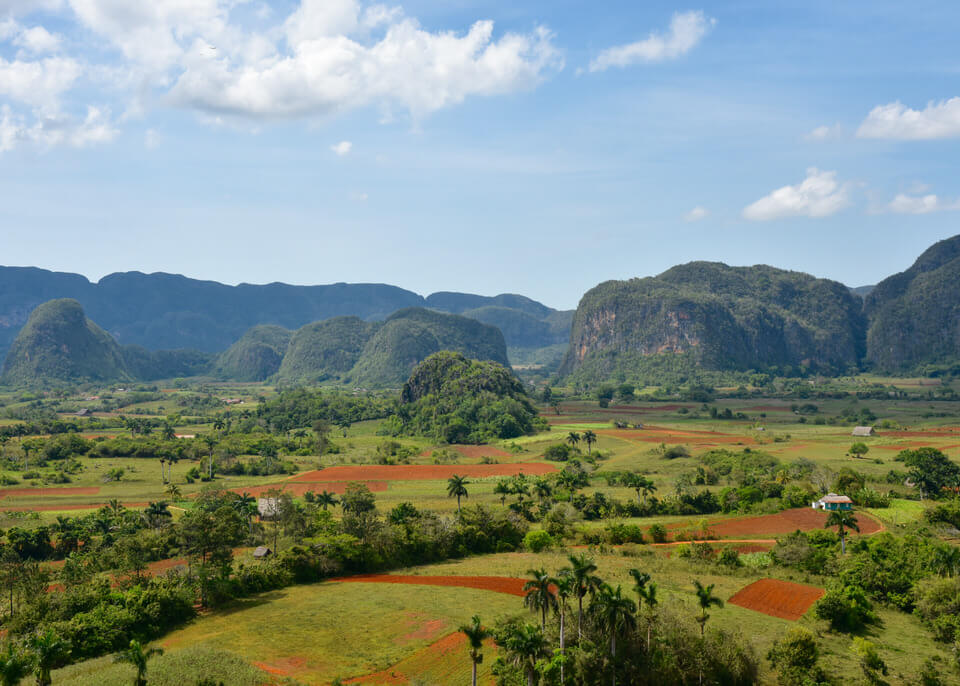
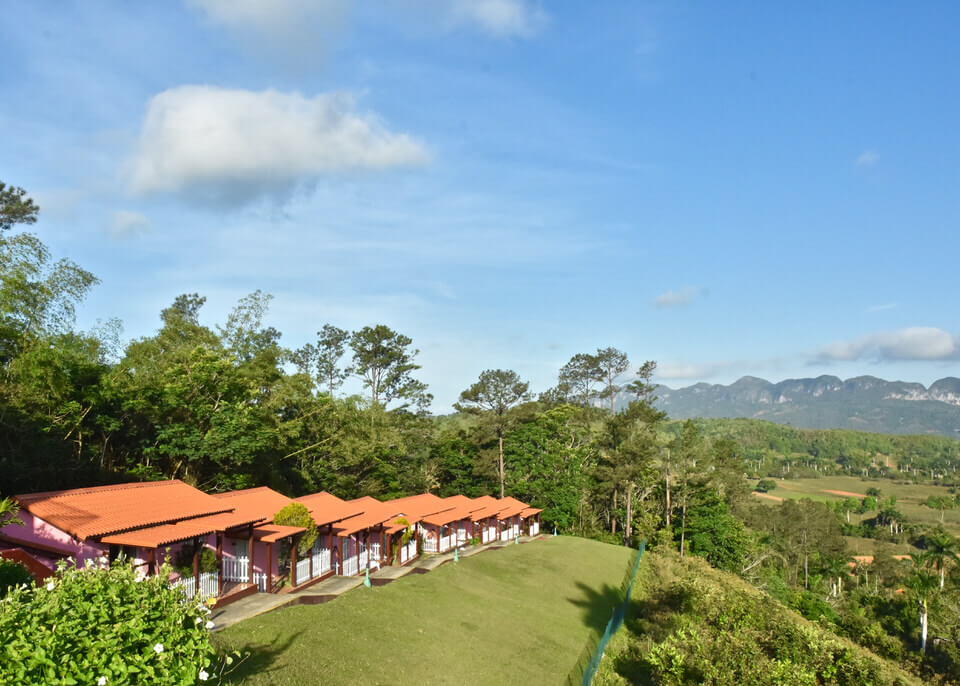
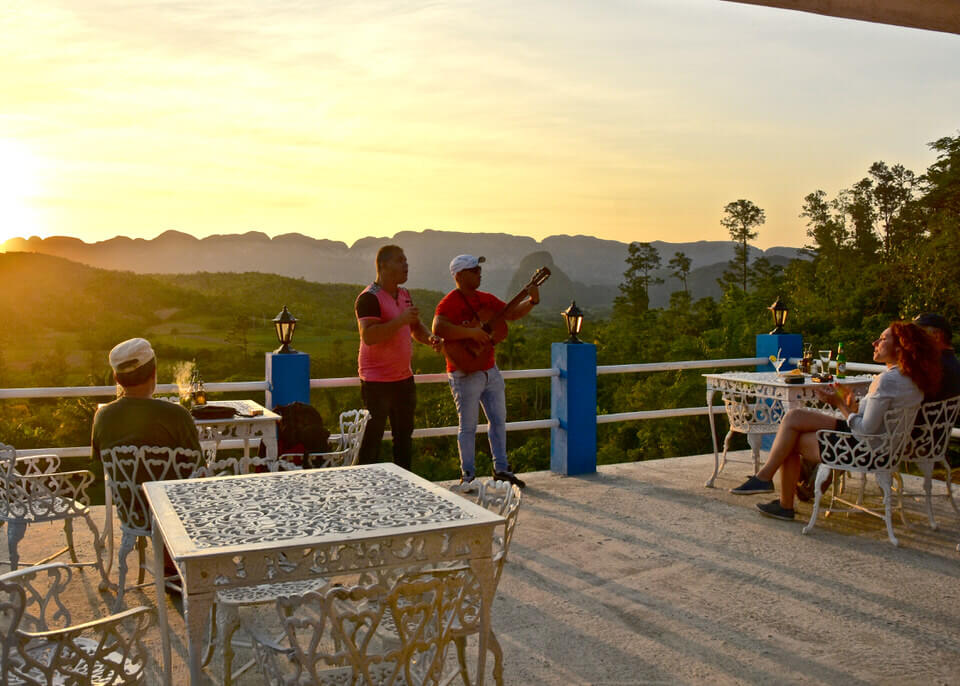
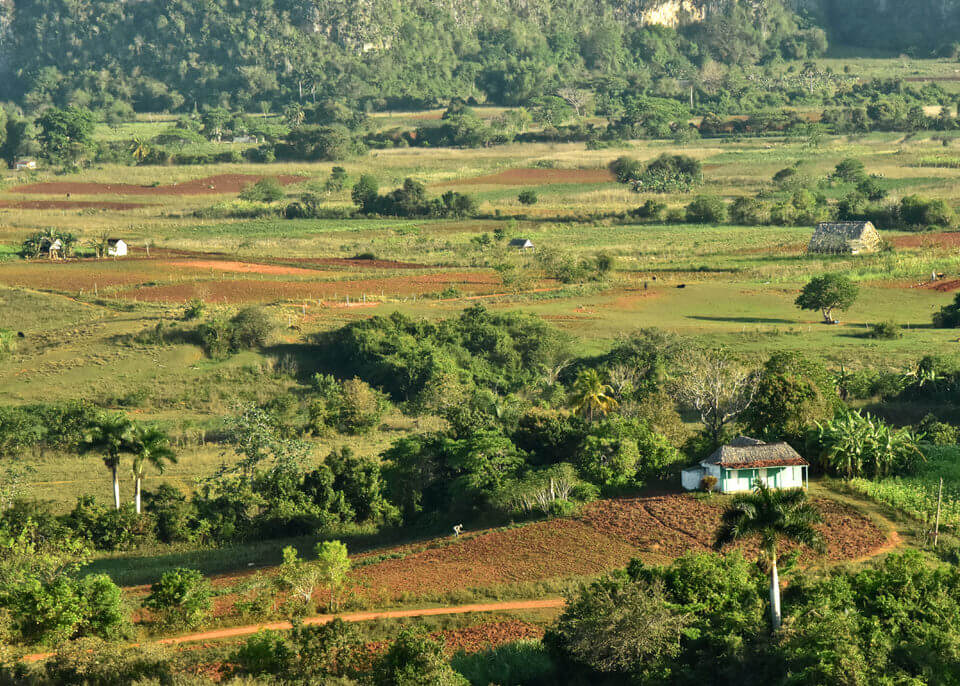
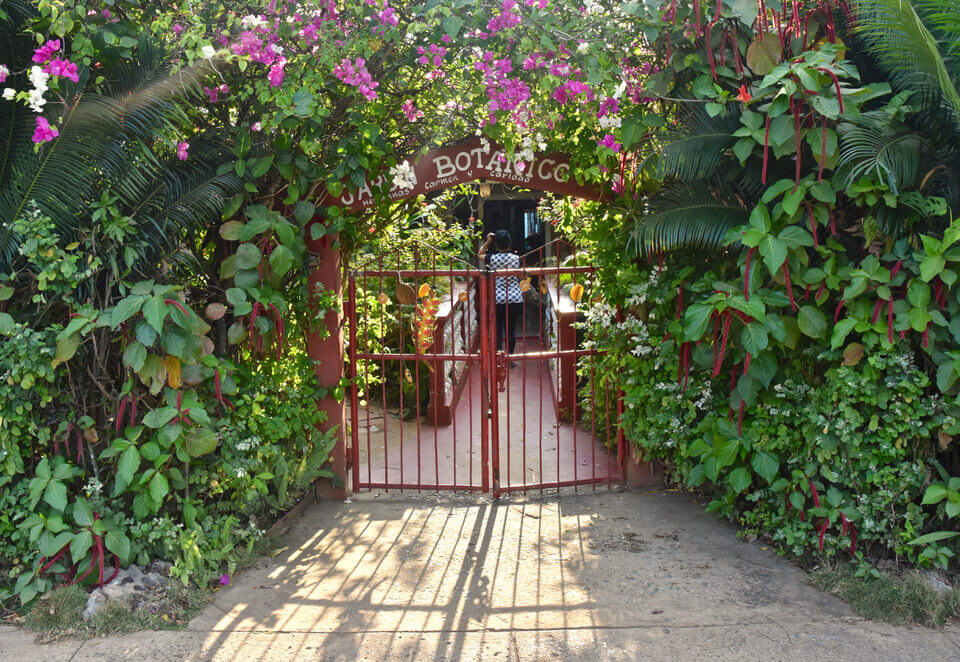
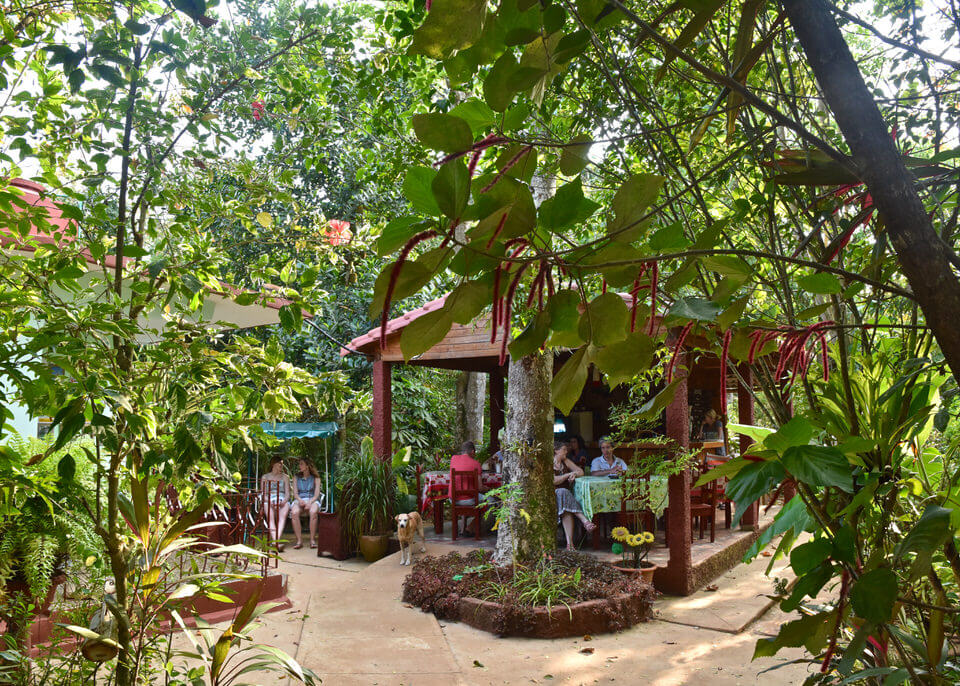
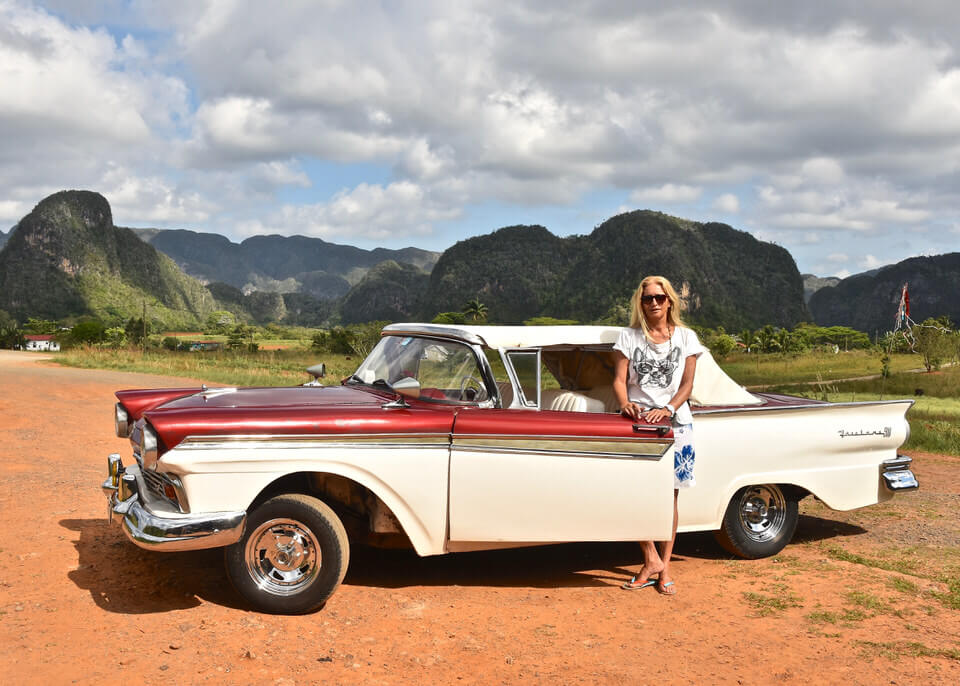
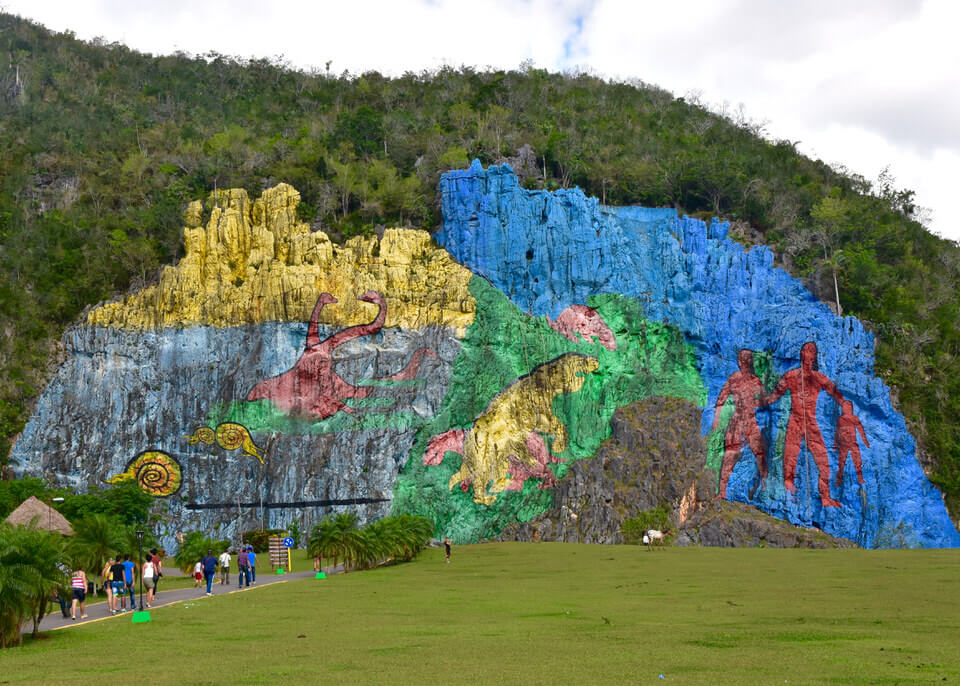
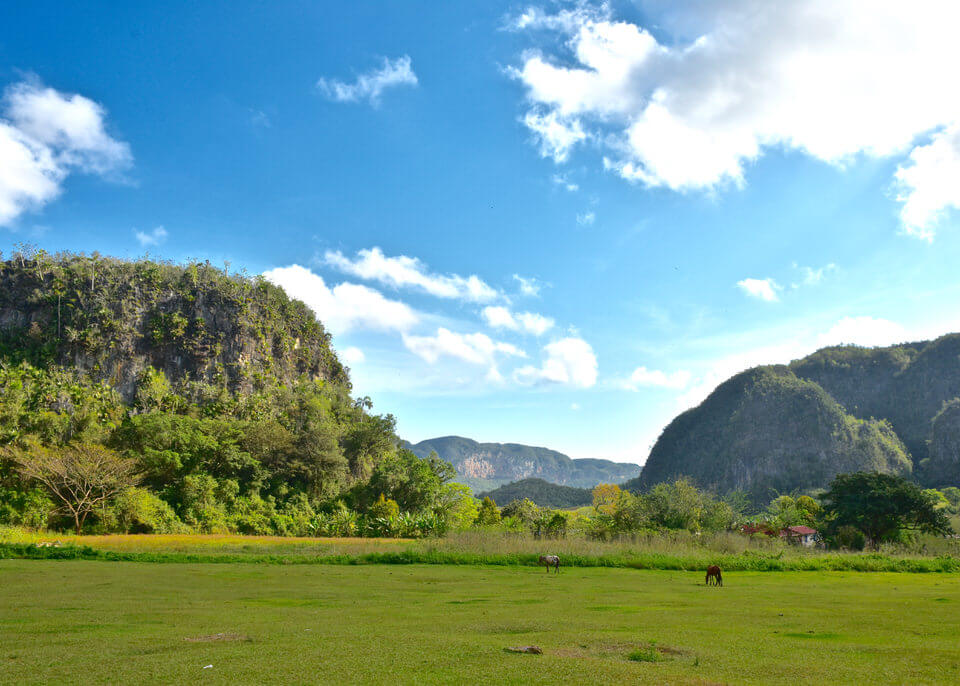
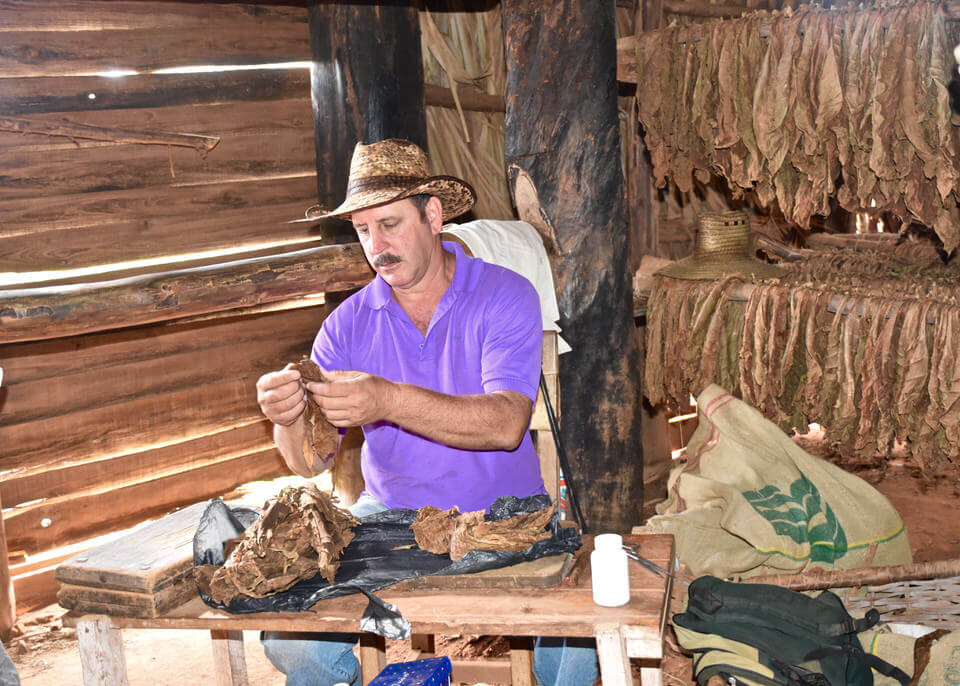
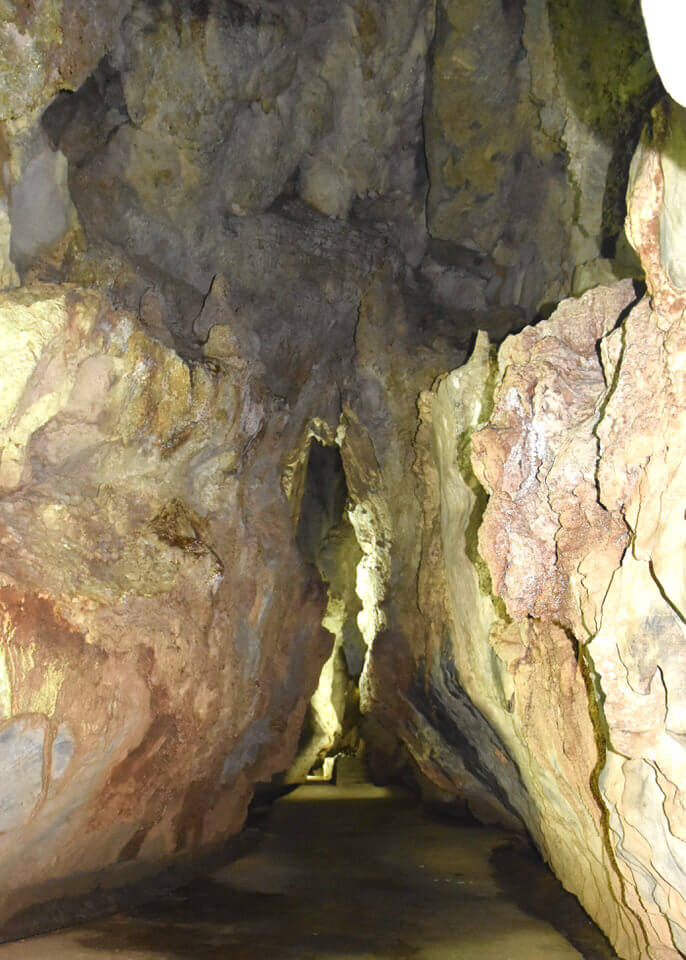
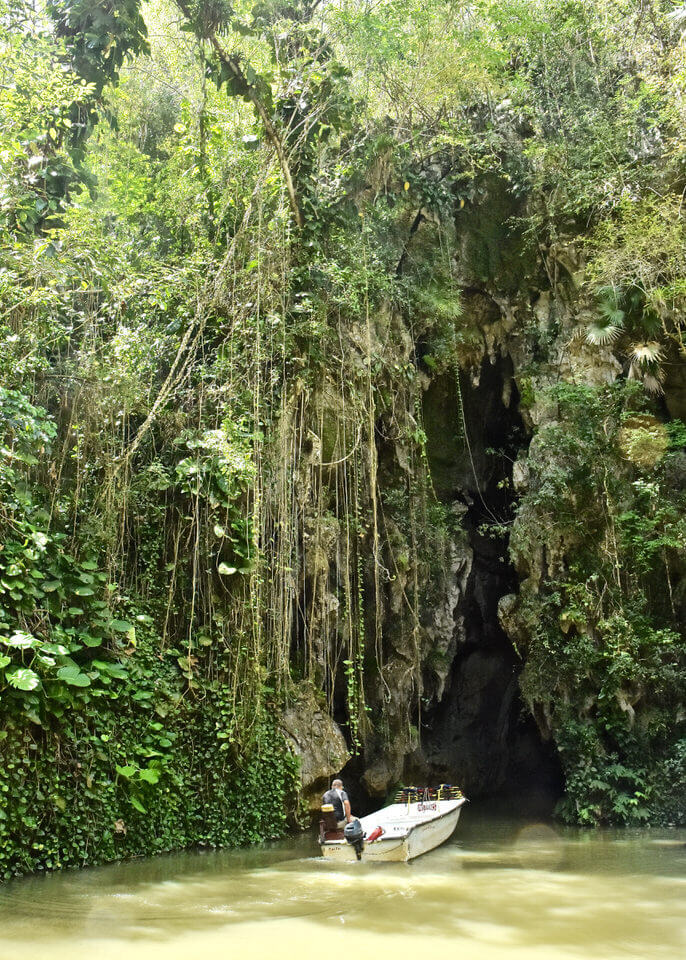
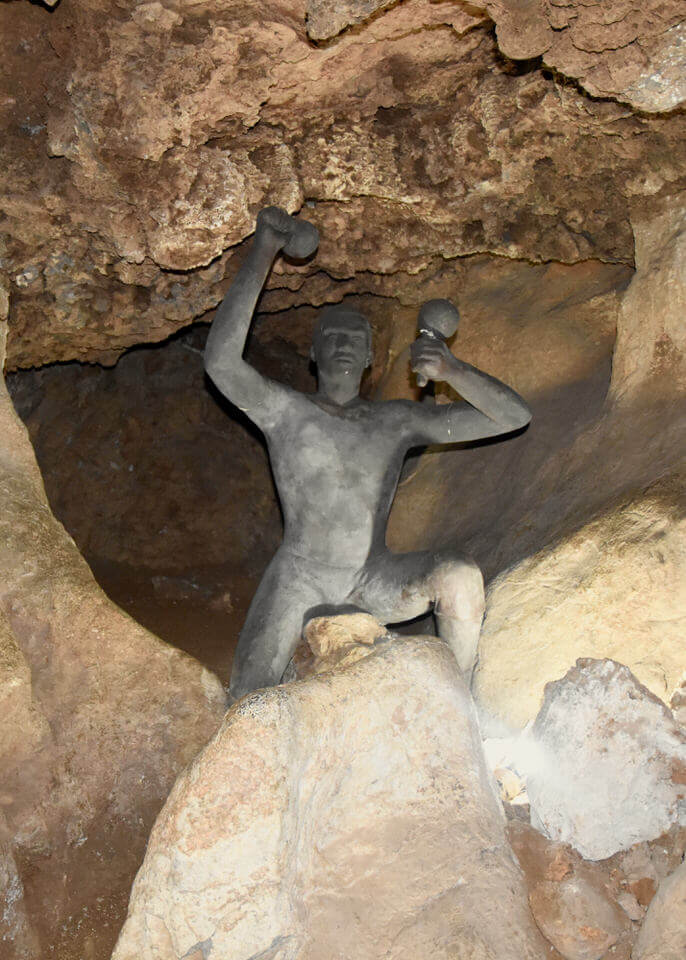
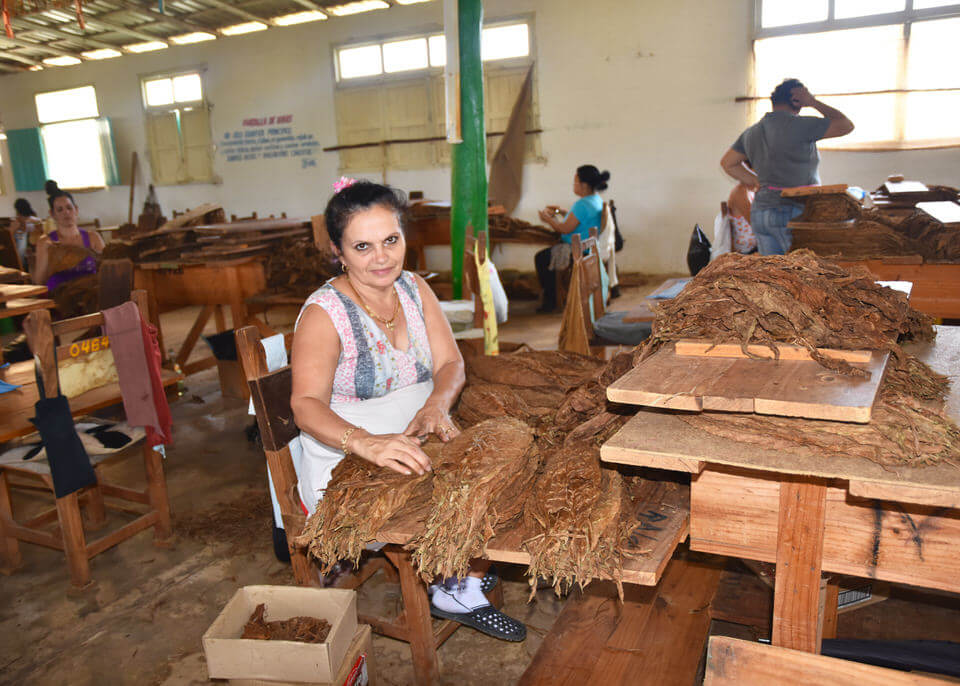
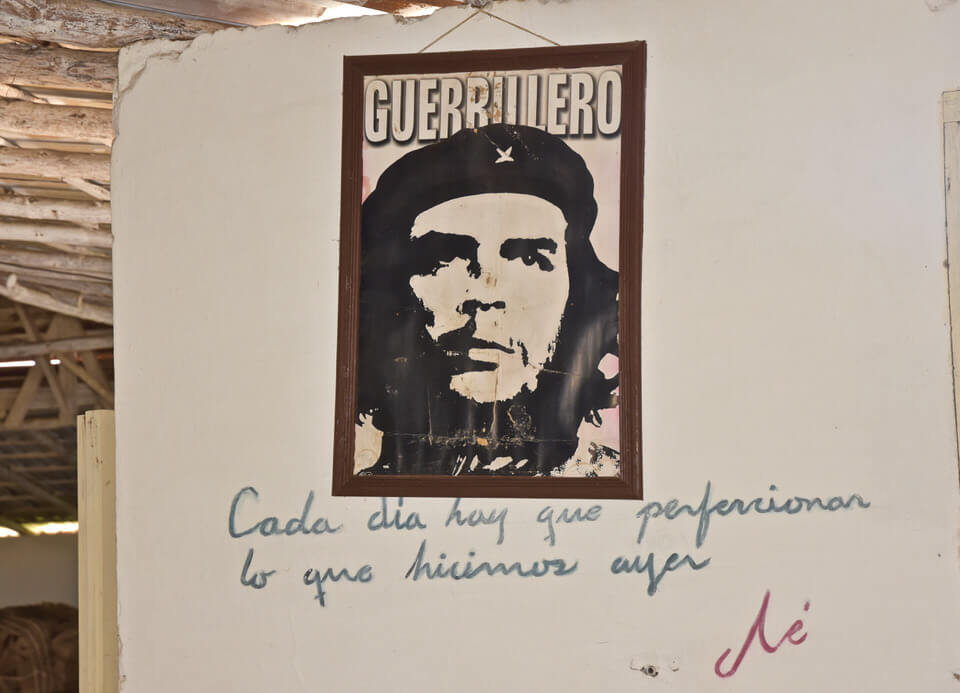
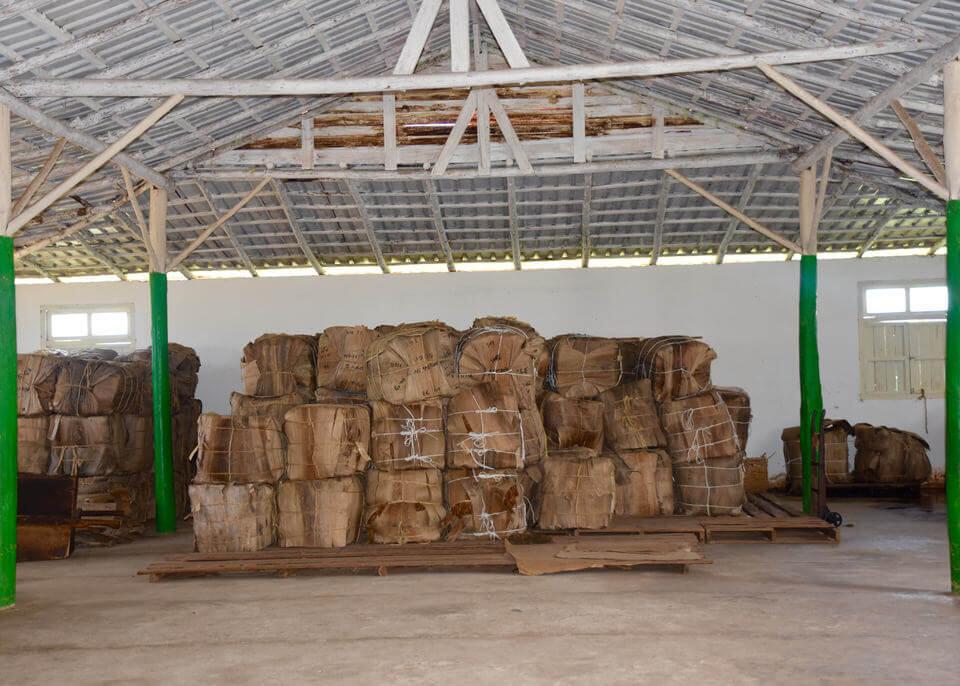
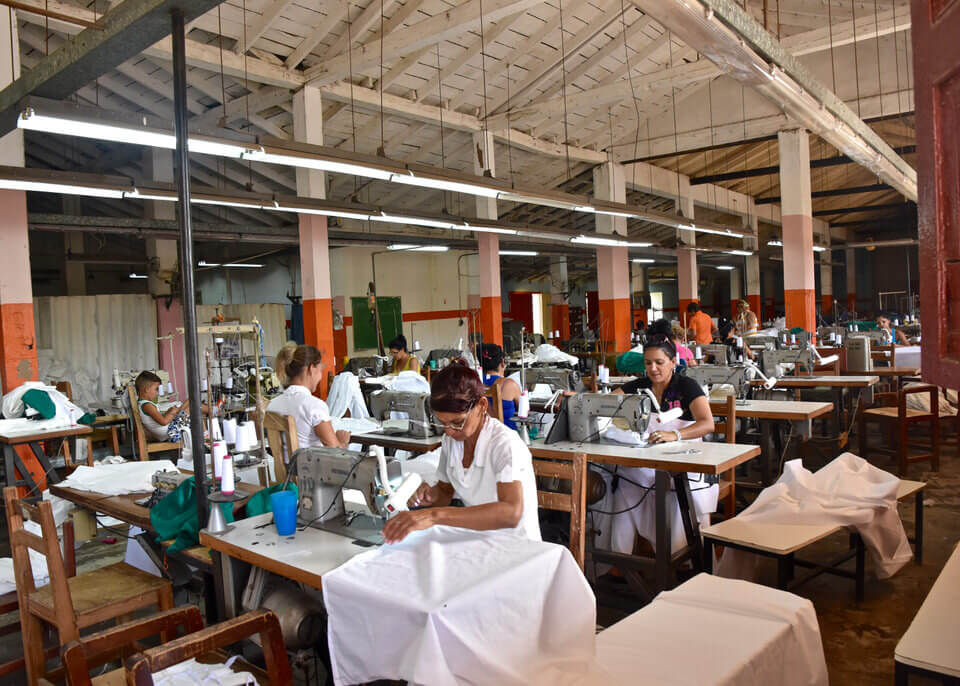
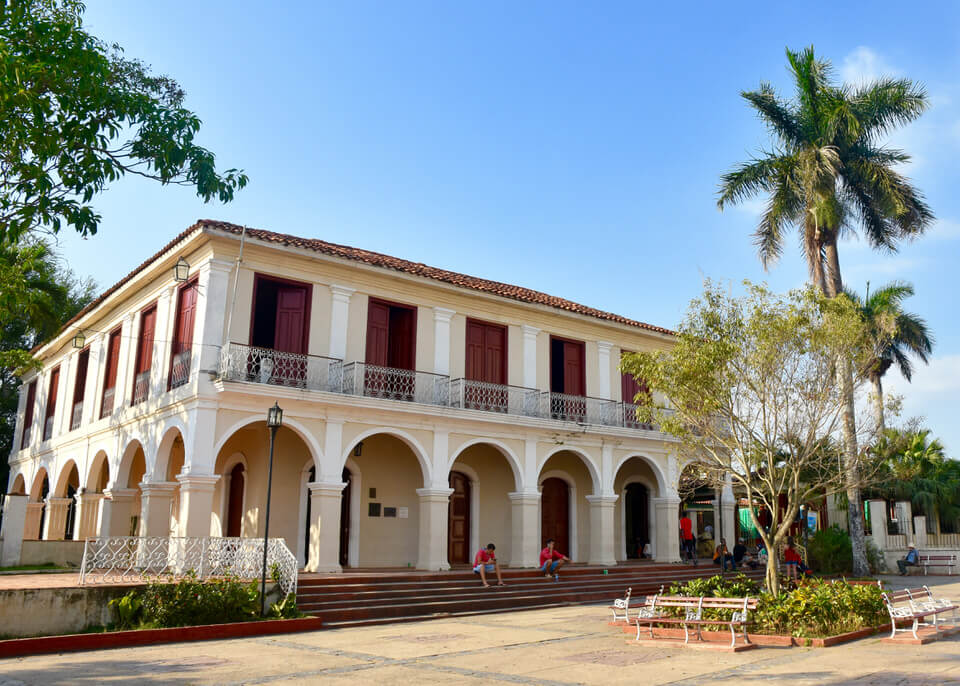
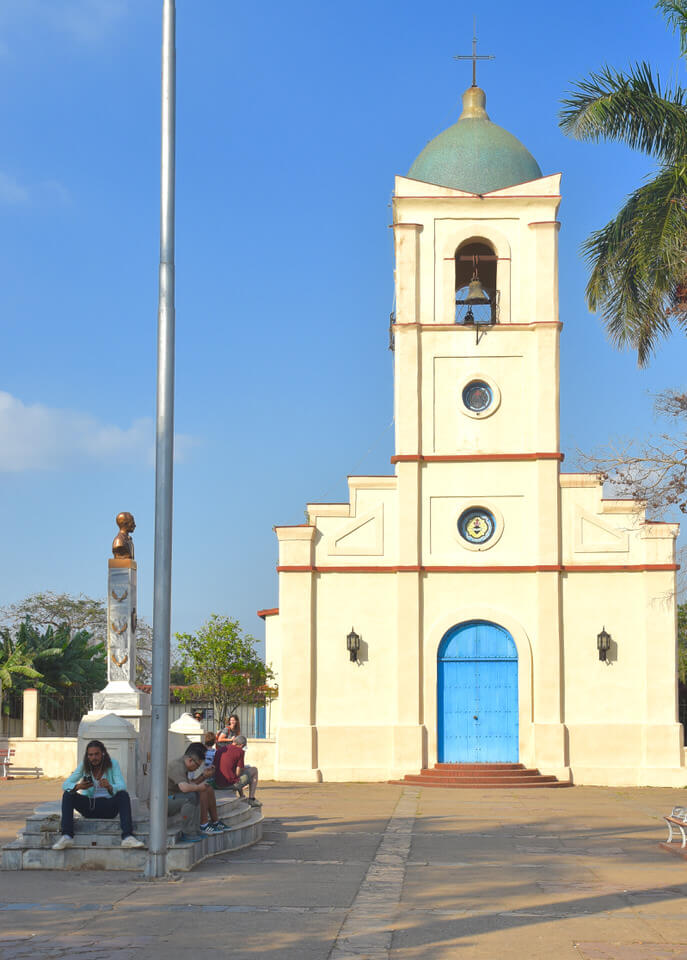
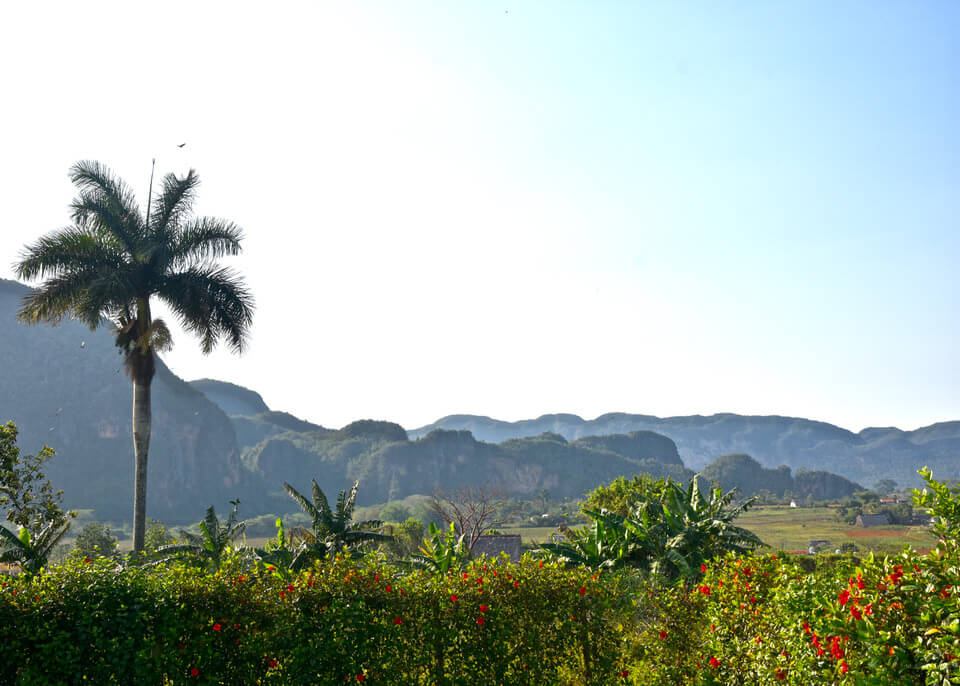
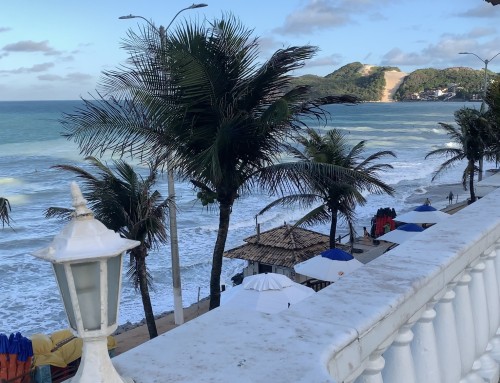
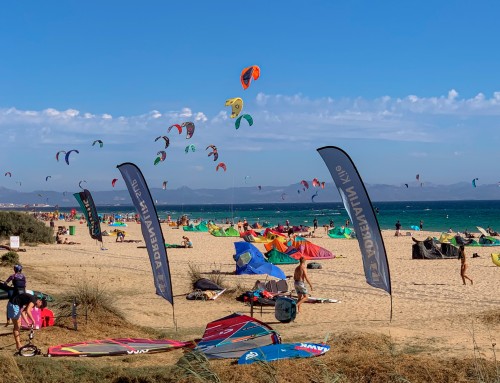
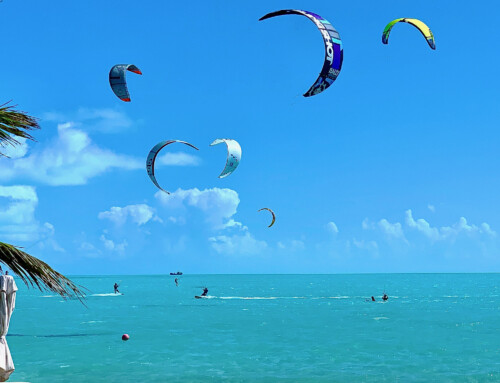
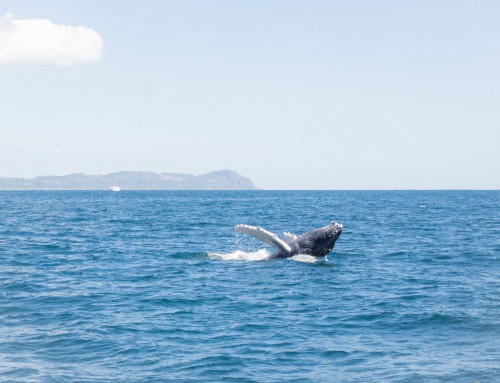
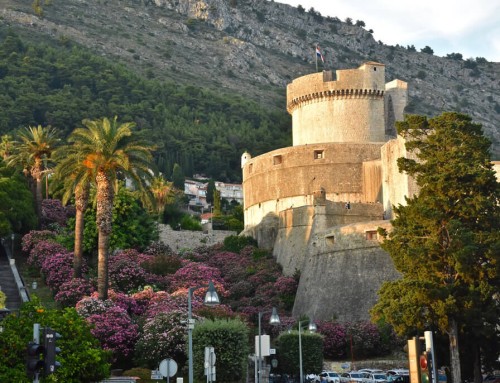
Leave A Comment
You must be logged in to post a comment.